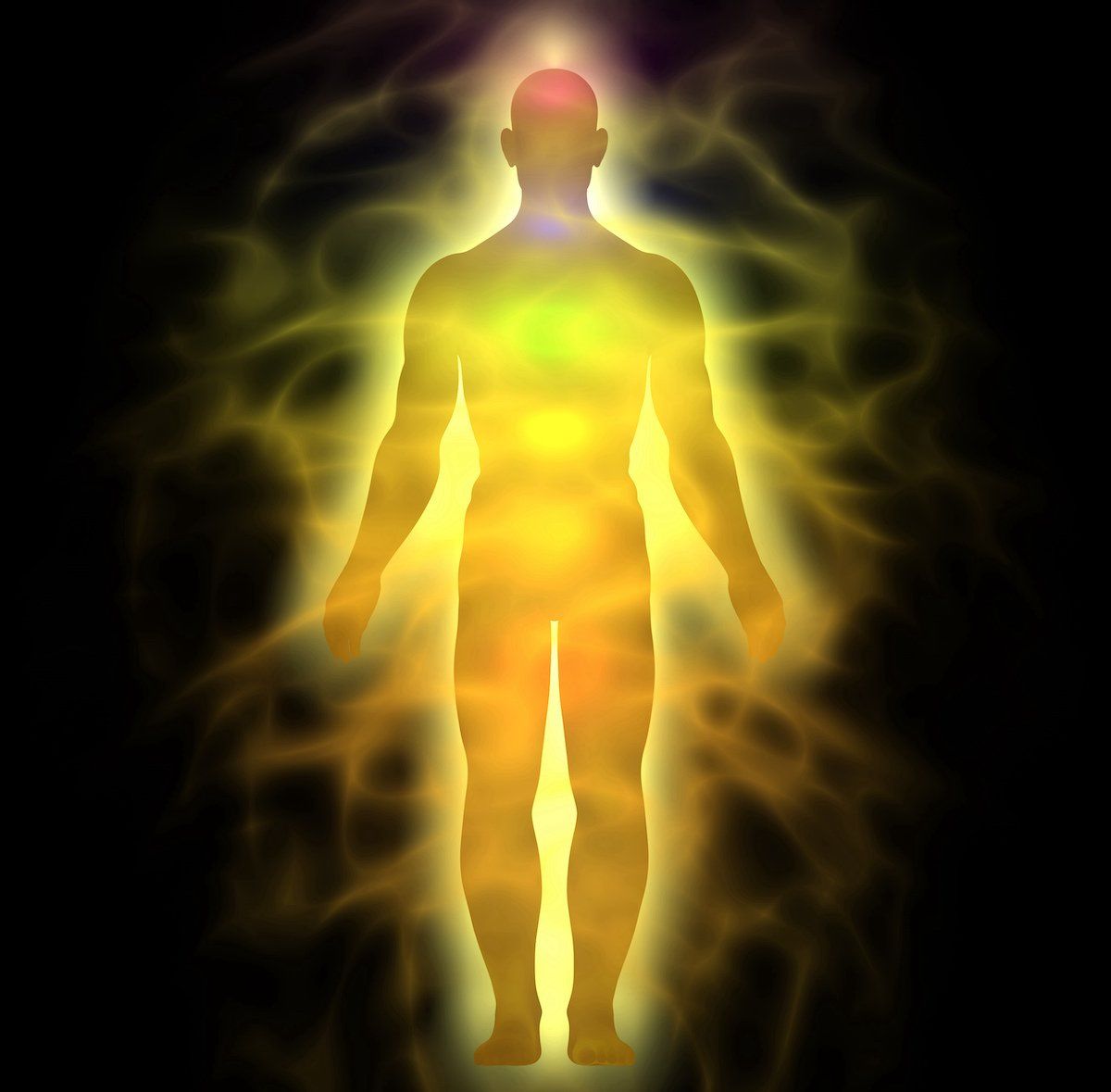Is there scientific evidence for the chakras?
Margaret Moda conducted a review of the research on the anatomical and physiological evidence of the chakras. Her study was published in the April 2022 issue of the International Journal of Healing and Caring. After reviewing the literature on the evidence of the chakras, Moda concluded that there is some evidence that chakras emit electromagnetic radiation and have possible anatomical correlates. There is, indeed, some scientific evidence for the chakras!

The theory
The idea of chakras stems from ancient Eastern traditions and has become increasingly popular in the West. The popularity of the concept mirrors that of the meridians – born in the East, gaining traction in the West. There is some scientific evidence supporting the meridians. In this study, Moda sought to examine the evidence for the chakras based on electromagnetic radiation or anatomical correlates.
The study setup
Moda searched databases for studies on the anatomical and physiological studies of the chakras. She excluded papers on theory or intuitive descriptions and expanded her search to include books containing scientific studies. Thus, sixteen studies met the search criteria.
Study results find evidence for the chakras
Moda grouped her results in two categories: anatomical studies and physiological studies.
Anatomical Studies
Two studies found that the chakras align with known nerve plexuses:
- Rokade (2017) found a plexus of nerves near the location of the purported heart chakra.
- Sweta and colleagues (2018) found a plexus of nerves near the location of the purported base or root charka.
Physiological Studies
Several studies found electromagnetic emissions from the chakras:
- One study by Motoyama (1981) used a magnetometer, copper wire and photoelectric cells. When the subjects activated a chakra, the photoelectric cells emitted a faint light and the copper electrode detected high-frequency oscillations.
- Hunt used an electromyograph (EMG) (1977, 1986). She detected wave forms and frequency bands from 100 Hz to 1 KHz, corresponding to various colors, in the area of the chakras. Further, she found that, as the subjects activated or "opened" a chakra, the frequency increased. In 1997, Wirth and colleagues attempted to replicate the findings and did, but others have questioned their research.
- Rewold and Husen (2020) used electrodes to measure frequencies above 200Hz in a group of biofield practitioners and university students. In both groups, the frequency bands matched what Hunt had found. Additionally, the frequency band power was higher among the biofield practitioners than the students.
- Jalil et al (2015) used radiofrequency meters with dipole whip antennas to detect electromagnetic radiation from the chakra locations in young healthy subjects. They found that each chakra emits a particular band of frequencies. Interestingly, their findings (chakras emit frequencies of 29 MHz – 86 MHz) matches the overall frequency of the human electromagnetic field of about 53 MHz.
In each case, there were measurable electromagnetic emissions from the chakras.
Why this study on the evidence for chakras matters
This study adds to our understanding of the human electromagnetic field and rounds up some evidence for the chakras. While many Westerners remain skeptical of the meridians, chakras, and biofield, these concepts are aligned with what we know about physics. Humans have electromagnetic energy and bioelectric fields.
Get involved!
There are many ways for you to participate in ACEP's mission. If you would like to learn more about the chakras, check out ACEP’s upcoming Comprehensive Energy Psychology course!
In order to support research, consider making a donation.
Finally, if you would like to get involved with ACEP, join a committee!
Author
Sarah Murphy, LPC, is a licensed professional counselor and coach with more than 12 years of clinical experience. She specializes in energy psychology, including EFT, as well as mindfulness and hypnotherapy. In her therapy practice, she works with individuals seeking to find peace within themselves, people who have serious medical diagnoses, and couples who want to resolve conflict and live in harmony. Sarah is an ACEP Board member and chair of the Communications Committee.
Learn more at www.transformative-therapy.com.



